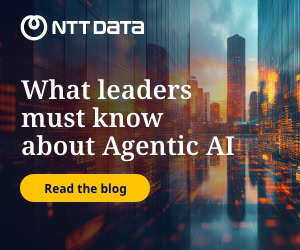As the demand for data sovereignty intensifies, the cybersecurity landscape in Asia is evolving rapidly. With regulations becoming increasingly stringent, CISOs in the region are grappling with the complex challenges of safeguarding sensitive data while ensuring compliance with local laws.
Recent enhancements in private cloud solutions, such as those offered by OpenText, underscore the critical need for robust security measures tailored to the unique challenges of the Asian market.
Data sovereignty is not just a regulatory hurdle; it has become a fundamental component of organisational trust and security. In 2026, CISOs must navigate a landscape where more than half of all applications could be classified as "shadow IT," which poses significant risks.
The proliferation of unsanctioned applications can lead to data breaches and compliance violations, necessitating a comprehensive strategy to monitor and control the use of such tools.
A key priority for CISOs will be to implement robust data loss prevention (DLP) strategies. With the rise of shadow AI and other unapproved applications, organisations must ensure that sensitive information is adequately protected, particularly in regulated sectors like finance, healthcare, and government. DLP measures should include end-to-end encryption, strict access controls, and continuous monitoring to detect and respond to potential threats in real-time.
Moreover, CISOs should focus on building a framework for localised data management. With data centres strategically located across Asia, companies can maintain control over where and how their data is stored and processed. This approach not only meets compliance requirements but also reinforces trust with customers and regulators.
Another pressing concern for CISOs is the integration of emerging technologies, such as AI, into their cybersecurity strategies. As organisations increasingly adopt generative AI platforms, the need for secure, in-country solutions becomes paramount.
Implementing private AI capabilities that ensure compliance with local data sovereignty requirements will be crucial in mitigating risks associated with data handling.
Finally, continuous education and training for employees are essential. As the threat landscape evolves, so too must the awareness of all staff regarding cybersecurity best practices. CISOs must foster a culture of security within their organisations, empowering employees to recognise and report potential threats.



